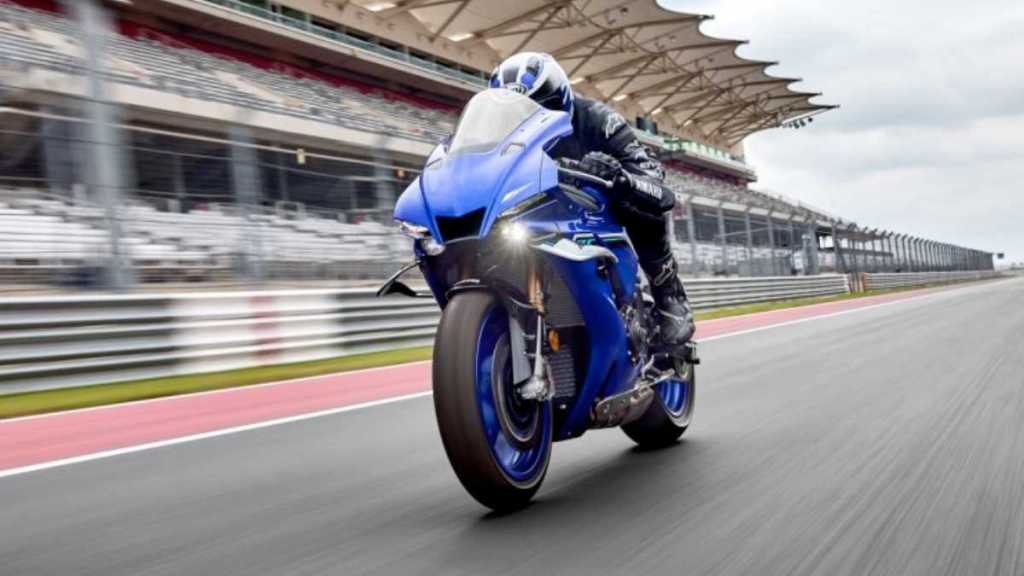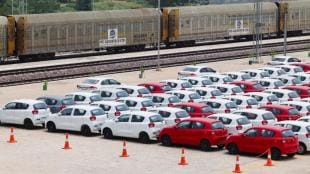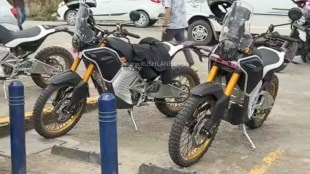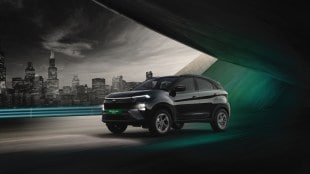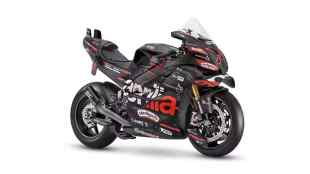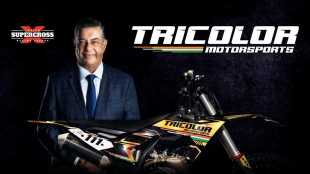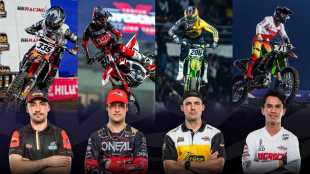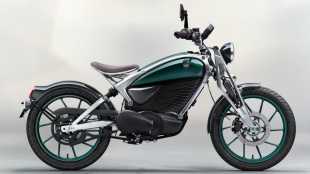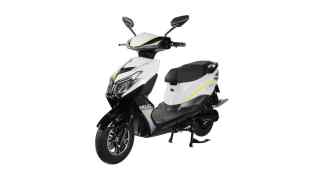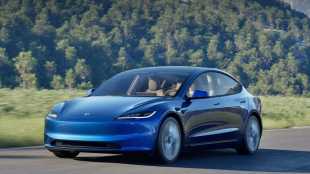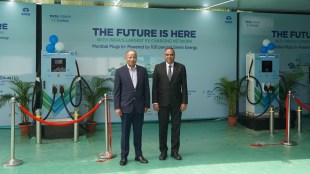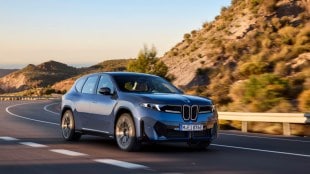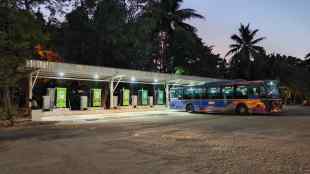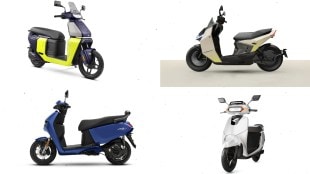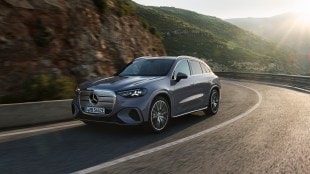While turbochargers in combustion engines is a fairly old phenomenon, it has only been implemented in the passenger car industry and not two-wheelers. That may change in the coming year with demand for smaller engines emitting more power on the rise due to stricter emissions regulations.
Yamaha is not new to ground-breaking innovation in the automotive industry. The Japanese bikemaker has filed patent applications for what seems to be an electric turbocharger employed on one of its CP3 three-cylinder engine motorcycles. This 847cc three-cylinder engine in its current avatar pushes out 117 bhp in the YZF-R9 and its naked sibling, the MT-09.
If and when the turbocharged engine reaches production, it is likely to dish out a lot more than 117 horses. Previously, Honda showcased an electric compressor for its upcoming V3 engine showcased at the 2024 EICMA in Milan, Italy. However, Yamaha has opted a slightly different route: an electrically controlled turbocharger.
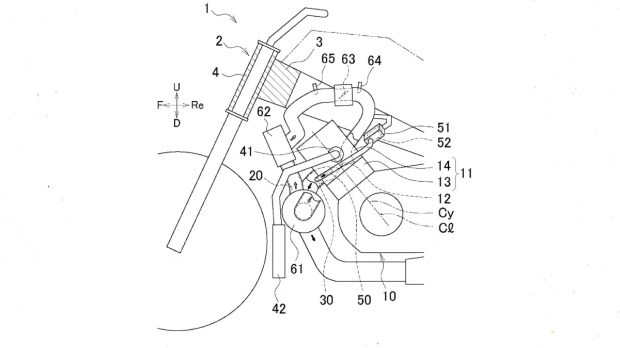
Yamaha Electric Turbocharger challenges
Electric turbochargers are not something very new and already used in very high-end performance cars but using them for motorcycle engines add another dimension of challenges. For instance, packaging poses a challenge due to limited space available for accommodating the turbocharger, intercooler, and the necessary pipework. Moreover, any added weight or bulk has an immediate impact on the rider’s experience.
The other concern is turbo lag. Even with advanced electronic throttles and sophisticated engine management systems that make throttle response nearly seamless in modern turbocharged cars, the delay between throttle input and power delivery remains noticeable on lighter, high-revving motorcycles. This is due to the more sensitive and precise nature of a twistgrip throttle, which highlights lag far more than a less responsive foot pedal would.
Yamaha Electric Turbocharger: Design & Working
The patent images filed by Honda reveal a few details about the design and working of the electric turbo engines. The images indicate that the brand is likely to use a high-voltage electric system to operate the turbocharger—technology commonly seen in e-turbo vehicles. Additionally, the turbo appears to be paired with a generator driven by the crankshaft.
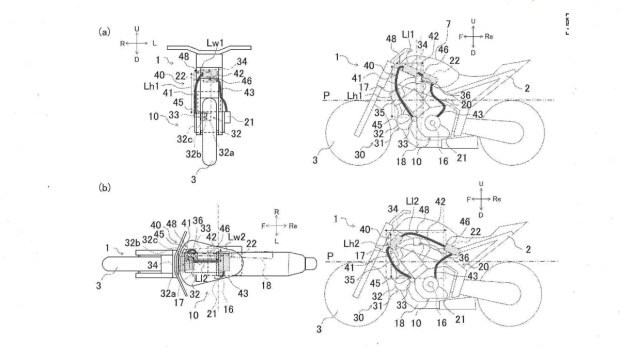
Electrically operated turbochargers are already in use in some modern cars, with the likes of Garrett and BorgWarner manufacturing E-turbos, and manufacturers including Mercedes and Porsche offering them in production models. E-turbos function similarly to conventional exhaust-driven turbochargers, using the pressure from waste exhaust gases to spin a turbine that drives a compressor, forcing air into the engine’s intake.
However, they also incorporate an electric motor that can spin the turbo and generate boost even when exhaust pressure is insufficient. As a result, boost is available across all engine speeds and throttle positions, effectively eliminating turbo lag. While the exact voltage hasn’t been disclosed, E-turbo-equipped cars typically utilize 48V electrical systems instead of the standard 12V.
To ensure the system operates efficiently, Yamaha’s patents primarily focus on minimizing the length of wiring that carries high-voltage electricity between the generator, electronic control units, and the E-turbo. Kawasaki has already incorporated superchargers in models like Ninja H2R and Ninja H2 SX.
Source: Cycle World
